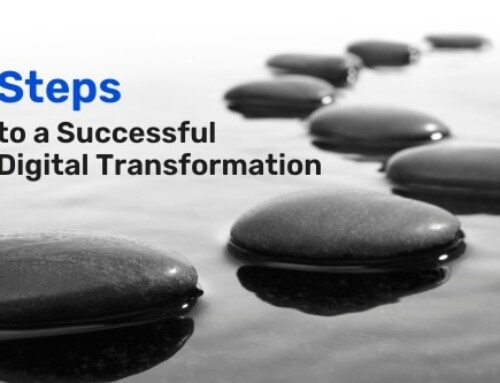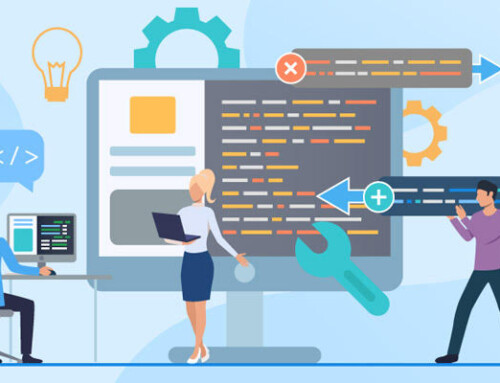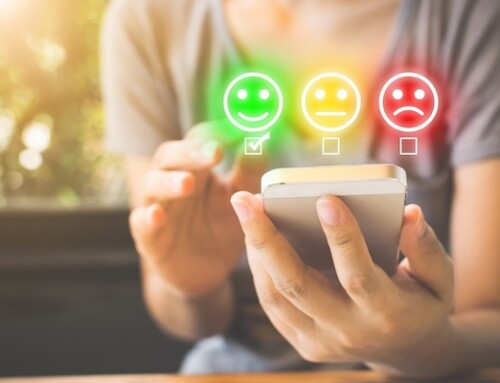Author: John Scarrott, Membership Director of the Design Business Association.
LinkedIn holds real potential for Associations. In theory it is a ready made tool for them to stake their claim to be the real and genuine owners of the notion of community and create the kind of interactions between people that reflect this.
So when you look at your LinkedIn group what do you see? Is it doing what you want it to for your members? How easy do you find it to manage? Do you want to make it work differently? Or are you wondering how to start using LinkedIn to benefit your Association? Where on earth do you begin?
Whether you’re starting a new group or looking at an existing one, a good place to begin is to take a look at your aims and ambitions for the group. One way to do this is to use a model developed for coaching by Sir John Whitmore called GROW. GROW is an acronym and stands for Goal, Reality, Options and What you will do. It is perfect for getting under the skin of an issue.
So with your LinkedIn group, start by looking at your Goal: “What do you want your group to do? What is its purpose? How do you want it to be useful? How would you measure this? Make your answers SMART (another acronym standing for Specific, Measurable, Acceptable, Realistic and Timebound). Once your goal is formed, move on to look at the Reality. Ask yourself, what is happening with the group currently? How is it being used? What are the metrics like? Then you can assess the gap between goals and reality. Adjust your goal if it’s too far away from your reality.
Then you are into Options. So what might you do to close the gap between your Goal and your Reality? I have some suggestions for things you could consider doing, things that worked for me. Let’s imagine your goal was to get more activity and discussions going in your LinkedIn group. Here are some ideas to consider around that area:
Find and engage your ‘fire starters.’
-Create an Influencer group. This involves identifying those people within your membership who you believe are your innovators and early adopters. These are the people who just get why they are members and on an emotional level. They will be your conversation starters. Email them and ask them if they’d be up for helping you develop the LinkedIn group. Explain why and what’s in it for them. This is where your Goal work above comes in useful. Ask them what they’d like to discuss and why.
Give your Influencers something to scratch their brains against
-Write a Blog post or create some content that expands on the themes they have mentioned. Make it open and write it as a conversation starter. Then develop a question out of this piece that will get people talking about it. Questions on their own don’t work. And thought pieces on their own don’t work. But together they are effective ways to start a conversation.
Help members find the time in their day to contribute
-Email your Influencer group in advance with the discussion topic, when you’re launching it and the piece that is trailing it. Then email them just after you’ve posted the question in your LinkedIn group.
Keep the discussion rolling
– Be prepared to be the facilitator of the discussion. You can play a useful role to keep the debate and discussion moving to invite people to expand or clarify their points.
Create a constitution
-Some guidance for how people should expect to conduct themselves in the group. This will help the members to feel secure that their interests are being protected.
Set up metrics
-Establish some useful ways to measure changes in activity within the group as a result of your new initiatives. These could include the number of submissions by the group in response to debates, the number of new joiners to the group or the quality of the submissions of the group.








Leave A Comment